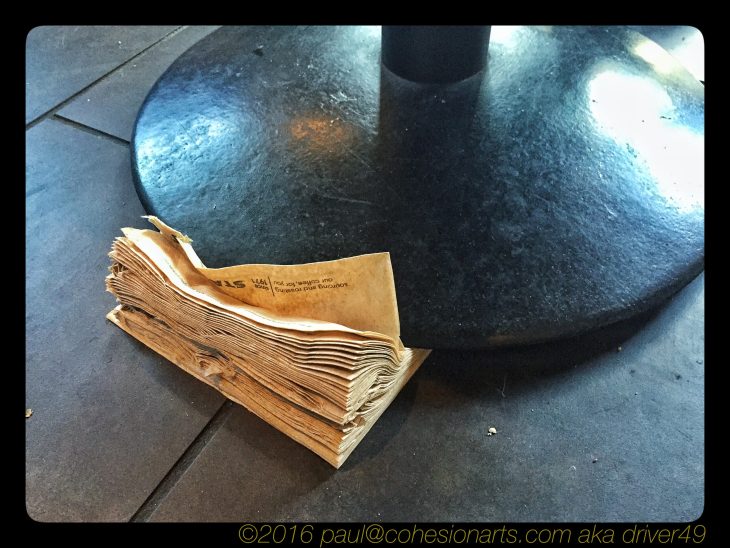Several weeks ago my friend and comrade-in-photo-arms Ken Gray sent me one of those “Facebook Photo Challenge” things.
If you’re on Facebook (and if you aren’t, bless you child, however have you managed that?) and you know any photographers (wait, isn’t everybody on Facebook a photographer??) then you are probably familiar with the breed. It’s one of those (ummm…. pernicious?) viral things where somebody gets a challenge, has to post a photo every day for seven days, and then is supposed to extend the challenge to another poor soul who is then expected to follow suit – ad infinitum, ad nauseum…
The net effect is: lots more free content for Zuckerberg & Co….
I have rather dreaded that such a “challenge” would finally arrive in my notifications. When it did I promised Ken I would comply, but was vague about when exactly.
Now, I guess…
In preparation for this endeavor, I have begun scouring through all of my photos… all, I dunno, nearly half-a-million files on several terabytes of hard drives. My thought is that rather than just pulling out my “best” photos, I’d dredge out some that are personal faves for one reason or another that have not previously seen the “digital light of day” – which is to say, I’ve never posted ’em on Facebook before.
With that in mind I started going back to some of the very first photos I ever made, when I first started shooting photos – back in, like, the 1970s.
The photo at the top of this post is one of those images. If memory serves me (a questionable proposition these days), it was shot in the summer of 1973. I had recently graduated from a ‘branch campus’ of Antioch College, in the middle of Maryland, and had gotten a Konica 35mm SLR – my first camera with a built in light meter – as a graduation gift.
I was still living in Columbia, Maryland, and stood outside my apartment during a thunderstorm…
This image of a single lightning bolt stretching to the ground from the thunderheads was captured on Ektachrome film, ASA (that was what we called it before “ISO”) 400… I remember the shot was handheld but have no idea what the camera settings were. I just held the camera to my eye during the storm and fired away – and, of course, since it was film, had no idea what I’d captured until I got the film back several days later.
It wasn’t too long after this was lightning bolt was shot that I packed everything I owned into the back of a VW Squareback and headed out to Hollywood to ‘seek my fortune’ in the TeeVee business. I never did find my fortune there… but that’s another story for another time. First I gotta decide which photo to post tomorrow…















